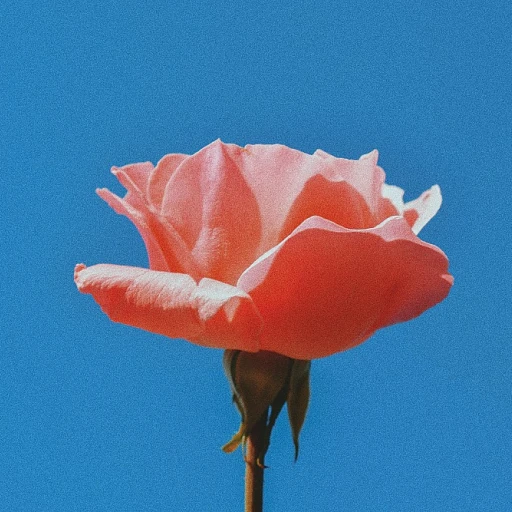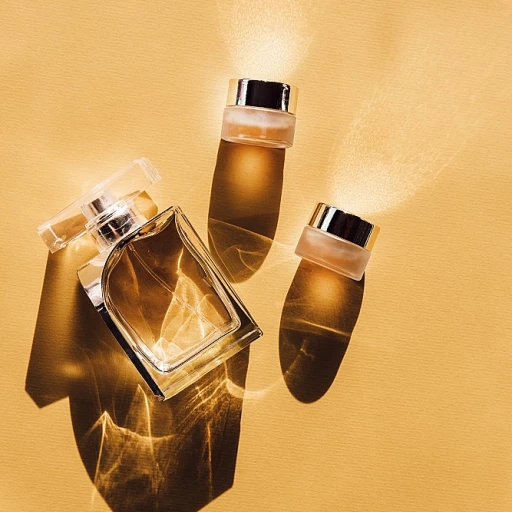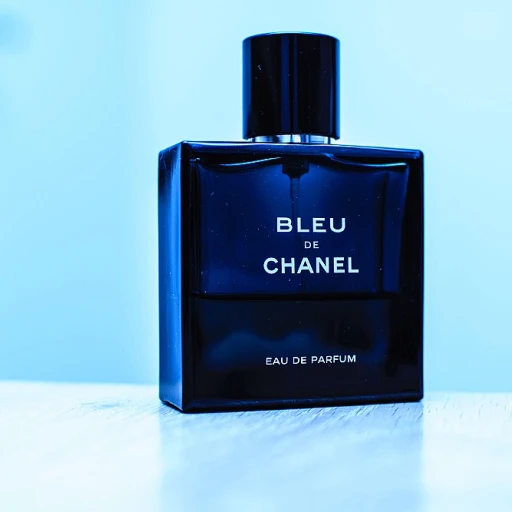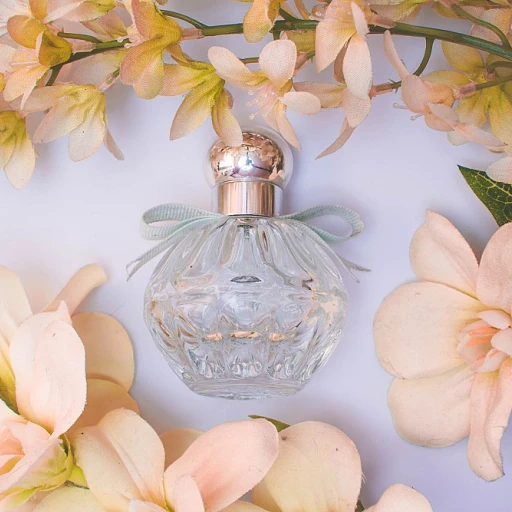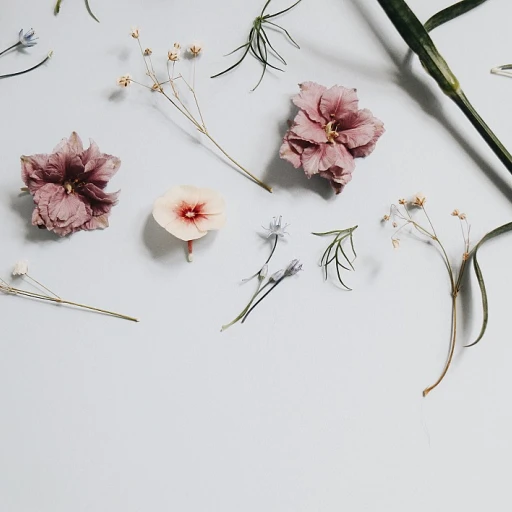
The history and significance of perfume bottle design
A glimpse into the past
Long before the advent of modern branding and consumerism, perfume bottles were valued for their functionality rather than their visual appeal. Archaeological evidence traces the use of perfumes back to some of the earliest civilizations, including the Egyptians, who stored scents in simplistic pottery. As societies advanced, the crafting techniques and materials improved, giving rise to intricately designed vessels in Rome and ancient Persia where glassblowing became a revered skill.
The evolution of craftsmanship
The sophistication of perfume bottles made a significant leap during the Islamic Golden Age. During this era, craftsmen in the Middle East refined glasswork to an extraordinary level, creating perfume containers that were both ornate and delicate. It was in Europe's Middle Ages, however, that artisan crafted perfume vessels really began to gain prominence. Venetian glassmakers, renowned for their skill in creating intricate glassware, propelled the perfume bottle into the realm of artistry.
Symbol of status and wealth
In the 18th and 19th centuries, perfume bottles evolved to become symbol of personal status and wealth. The French nobility, especially, commissioned personalized and luxuriously decorated bottles from master glassmakers and jewelers. Names like Baccarat and Lalique became synonymous with luxury and attention to detail, crafting bottles that were as precious as the scents they contained.
Art deco and modernism's influence
As the 20th century approached, art movements like Art Nouveau and Art Deco influenced the design of perfume bottles, with the latter's geometric patterns and sleek lines echoing in the glass forms. The industrial revolution also played its part by making it possible to mass-produce glass bottles, thus making perfumes more accessible to the general public.
Reflections of culture and design trends
Throughout history, perfume bottles have reflected the aesthetic preferences and design trends of their times. They've went from purely utilitarian objects to becoming canvases for artistic expression. With each passing generation, these vessels have captured the cultural zeitgeist through their evolving designs, mirroring advancements not just in craftsmanship, but in society's values and tastes as well.
For a look at some of the most stunning and historically significant bottles in the fragrance world, explore striking perfume bottle designs that have transcended mere craft to become works of art in their own right.
Artistry in glass: exploring the craftsmanship behind perfume bottles
The meticulous craftsmanship of glass perfume bottles
The art of crafting perfume bottles, often made of glass, represents a fusion of function and aesthetic appeal. These delicate vessels aren’t just containers for fragrances; they're embodiments of the perfume’s identity and the craftsmanship behind them is both intricate and diverse. From the molding and shaping of the glass to the precision required for the perfect spray, glass bottle production is often as refined as the scents they hold.
Experts in glassmaking, such as artisans in Murano, Italy, have long been renowned for their skill in creating striking perfume bottle designs that convey luxury and sophistication. These craftsmen use time-honored techniques to create clear, frosted, or colored glass that captures light and draws the eye.
From conception to final creation
The journey of a perfume glass bottle begins with design. Renowned designers and glass artists collaborate to bring a vision to life, marrying functionality with artistic expression. The form of the bottle must align with the brand's image, while also considering practical aspects like the heaviness of the base, which ensures stability, and the construction of the spray pump, which affects the distribution of the perfume.
Once a design is finalized, the making of the glass bottle involves precise mold construction. Skilled workers hand-blow or machine-mold the liquid glass into these molds, taking great care to ensure consistency and quality. Some designs may call for additional touches, such as intricate etching or the application of decorative elements like glass threads, which add to the bottle's uniqueness.
Iconic features that stand the test of time
Several perfume bottles have achieved iconic status due to their distinctive designs. Features such as innovative spray pumps that deliver a fine mist or the luxurious feel of a heavy glass base contribute to a product's memorability and tactile experience. Selecting the right cap, often a work of art itself, provides the perfect finishing touch to the bottle.
The impact of these design elements on consumer behavior is profound. Studies show that the tactile sensation of a heavy base can convey a sense of quality and luxury, potentially influencing purchase decisions. Indeed, packaging—including the bottle design—can account for up to 50% of a consumer’s first impression, as reported in marketing studies.
Iconic perfume bottles and the designers behind them
Designers with a nose for style: the stories behind iconic bottles
When we think of perfume, our minds often first leap to the scents themselves—the bouquet of floral, musk, and citrus notes that capture our attention. However, the vessel holding these fragrances plays an equally important role in our experience. Iconic perfume bottles are often the result of collaborations between master perfumers and visionary designers, a partnership that merges olfactory and visual arts into a single objet d'art.
An exquisite example of such collaboration is the story behind Jean-Paul Gaultier's classic corset-shaped bottle for his perfume 'Classique.' Its design calls to mind the designer's signature fashion influence and has become as recognizable as the fragrance it holds. Similarly, Marc Jacobs turned to whimsy for his 'Daisy' fragrance, with the cap featuring a playful bouquet of daisies that has charmed consumers worldwide.
It's not just the shape, but also the color of the glass that speaks volumes. The deep cobalt blue of Thierry Mugler's 'Angel' reflects the celestial inspiration of the scent, while the light pink hue of Viktor & Rolf's 'Flowerbomb' echoes the explosion of floral notes within.
The blend of heritage and innovation
Expert glassmakers have often been the unseen artisans behind these bottles, sculpting perfume bottle designs that push the boundaries of the craft. Lalique, a name synonymous with French luxury glassware, has been crafting stunning bottles since the days of perfumer François Coty, bringing a blend of heritage and innovation to the field.
Some bottles become legendary enough to capture the hearts of collectors. Salvador Dali's 'Le Roy Soleil' bottle, with its sun-faced stopper, is a prized vintage find, while the Art Deco-inspired designs of Guerlain's 'Shalimar' continue to inspire modern-day interpretations.
Embodying Luxury and Prestige
Perfume bottles serve as a canvas for designers to convey the luxury and prestige of the fragrance brand. Consider the opulent Baccarat crystal bottle of 'Les Larmes Sacrées de Thebes' by Guerlain, which epitomizes grandeur. The rarity and craftsmanship of such bottles add a tactile allure to the sensory pleasure of the perfume.
At the pinnacle of exclusivity, bespoke bottles adorned with precious materials come into play. A notable mention is Clive Christian's 'No. 1 Imperial Majesty,' which holds the Guinness World Record for the most expensive perfume ever sold, thanks in part to its 18-carat gold collar and 5-carat diamond cap.
These iconic designs and their creators' stories have become integral to the branding of high-end fragrances. They transform a scent into a centerpiece, a conversation starter, and sometimes, a piece of history. Looking closely at these creations, we get a sense of the intricate relationship between bottle and perfume—a harmony of design and scent that elevates the act of perfumery into a holistic experience of luxury.
To delve deeper into the enchanting synergy between bottle design and fragrance creation, and how it shapes our perception of scents, consider exploring the essence of exclusivity in niche perfumes.
Sustainable and innovative packaging trends in the perfume industry
Sustainable packaging gaining ground
Amid growing environmental concerns, the perfume industry is witnessing a green revolution in packaging practices. Reports indicate a surge in demand for eco-friendly materials, as sustainability becomes a cornerstone for brand identities. Several notable brands are exploring biodegradable and recycled elements for their containers, contributing to a circular economy and reducing the industry's carbon footprint. Innovations like refillable systems and zero-waste designs are not just eco-centric trends, but have evolved into a decisive factor for consumers making purchase decisions.
Innovating beyond the bottle
The commitment to sustainability extends beyond the choice of materials. Progressive brands are re-examining every facet of the perfume bottle lifecycle, from production to post-consumer usage. Techniques like life cycle assessment (LCA) help companies identify potential environmental impacts, leading to process improvements that minimize waste and energy consumption. Meanwhile, case studies from industry leaders present compelling evidence that integrating sustainable strategies can bolster brand reputation and cater to the conscious consumer.
Controversies and consumer expectations
Despite these advances, the transition to sustainable packaging is not without its controversies. Critics point out that some 'eco-friendly' packaging may not be as green as it seems, leading to instances of 'greenwashing'. Transparency in marketing and product labeling has become a contentious issue as consumers seek authentic sustainable practices. Furthermore, the intricate balancing act between aesthetic appeal, functionality, and environmental impact often triggers heated debates within the perfume industry, shaping future packaging norms and expectations.
The rise of functionality and user experience
Functionality, too, plays a pivotal role in the development of perfume bottles. Innovators are creating new bottle designs that not only minimize environmental impact but also enhance user experience. Concepts such as easy-to-disassemble components for better recycling, and lightweight packaging for reduced shipping emissions, are setting new standards. These efforts align with findings from recent studies that highlight the importance of user-friendly designs while staying true to environmental ethics.
The psychology of perfume bottle aesthetics and consumer behavior
Understanding the visual appeal
When we encounter a fragrance, our first engagement is invariably with its bottle. This visual appeal is not by happenstance but is a studied area of consumer psychology. The design has to evoke emotion and connection, essentially mirroring the scent held within. For example, studies have shown that approximately 75% of emotions generated every day are due to smell, which is more than any other form of sensory experience. Hence, it becomes imperative for the bottle design to prelude to these emotions effectively.
Aesthetic elements that drive purchasing
Further down this rabbit hole, intricate elements such as the bottle's shape, color and texture play a significant role in the customer's decision-making process. For instance, clean lines and minimalistic shapes often suggest a modern and pure scent, whereas intricate designs may reflect a more bold and complex fragrance. Colors, too, have their language - blue often depicts calmness and freshness, while black can imply power and mystery. It's the fine balance of these elements that can swing a consumer from mere curiosity to purchase.
Case studies on consumer reaction
Looking at perfume sales data, it is evident that bottles have a powerful impact on market outcomes. Fragrances with particularly innovative or aesthetically pleasing packaging often see a surge in sales. An industry report revealed that innovative bottle designs can boost sales by up to 22%. Moreover, a compelling bottle can continue to attract consumers long after its launch, as seen with some iconic designs that have remained virtually unchanged for decades.
Cultural impact on design preference
The cultural background of consumers also influences their preference for perfume bottle aesthetics. In some cultures, opulence is favored, which is mirrored in heavily embellished and ornate bottles. In contrast, other cultures prize sleekness and functionality, opting for cleaner lines and understated elegance. The challenge for brands is to navigate these cultural waters while remaining true to their global image and identity.
Emotional resonance and brand loyalty
Research carried out by branding experts suggests that when customers have a strong emotional attachment to a product's packaging, they're more likely to exhibit brand loyalty. In other words, the bottle becomes a symbol not only of the scent but of the memories and emotions associated with it. As perfumers strive to create a distinct identity, the bottle's aesthetics grow more intrinsic to the overall brand narrative. This emotional resonance can turn a simple act of spritzing perfume into a ritual that reinforces brand loyalty with every use.
Consumer Perspectives on Bottle Aesthetics
The perfume industry is packed with examples where consumer behavior has been swayed by bottle design. From the intricate work of hand-blown glass to the sleek sophistication of bottles with a heavy base, the consumers' perceptions are an amalgam of tradition, innovation, and personal aspiration. Survey reports highlight that consumers often buy perfumes purely based on the bottle's aesthetic value, suggesting packaging could be as imperative as the fragrance itself.
Customization and personalization: the rise of bespoke perfume bottles
The allure of exclusivity
Once merely a vessel to store scent, the perfume bottle has embraced a new identity as a personal statement, a piece of luxury that differentiates itself not just by fragrance but by presentation. The rise has been fuelled, in part, by the ever-growing demand for customization and personalization. Today's discerning consumers are increasingly drawn to items that reflect their unique style and personality, and perfume bottles have become a canvas for this individual expression.
Tailored to taste
A recent trend that sets a new precedent in luxury is the emergence of bespoke perfume bottles. Brands now offer services where buyers can select everything from the color and material of the bottle to the type of spray pump. Some go as far as allowing customers to inscribe personal messages or initials, thus adding an emotional touch. For instance, a study by Grand View Research indicated that the custom luxury packaging market size was valued at USD 15.65 billion in 2019 and is expected to grow, highlighting consumers' appreciation for personalized experiences.
Expert crafts at play
Craftsmanship also enters the fray, with artisanal hand blown glass bottles making waves. This technique adds a layer of prestige due to the skill and time required in manufacturing, making each piece a collectible. Names like Lalique and Murano are synonymous with such artistry, marrying tradition with modern perfume packaging aesthetics.
A nod to the past, a leap to the future
The embracing of customization does not only cater to aesthetic preferences but also responds to the need for functional differences, with varying bottle sizes and applicator types like fine mist or rollerballs. This reflects the consumer's desire for a product tailored to their usage, whether it's for travel or home luxury.
Redefining the scent of success
Bespoke bottles are redefining success in the fragrance industry by offering a product that feels like an extension of oneself. A report by McKinsey & Company explained how personalization is becoming a key factor in winning over luxury consumers, with companies that excel in customization outperforming their peers by more than 8 percent in terms of sales growth.
The price of personal touch
However, the elevated experience comes with an increased price. Custom perfume bottles often come with a premium, reflecting the meticulous detail and labour that go into their production. But as the luxury market continues to flourish, with Bain & Company reporting a 5% growth in 2019 alone, consumers seem willing to pay for that personal touch.
Connoisseurship in collection
Collectors are also driving this trend, with vintage and rare bottles fetching high prices at auction. For many, the container holds as much intrigue as the scent within, turning perfume bottles into treasured pieces of a wider narrative.
A blend of creativity and commerce
In the end, the perfume bottle industry's foray into customization and personalization is not merely a trend, it's a blend of creativity and commerce that speaks to a new era of luxury consumerism. It shows a real understanding that a bottle can be both a container for fragrance and a vessel for personal expression.
Perfume packaging and its impact on branding and marketing
A strategic canvas for brand essence
Perfume packaging is a defining touchpoint for brand identity—it's the skin that dresses the scent, the visual cue that anticipates olfactory pleasure. Market research has shown that packaging like glass perfume bottles plays a crucial role in consumer purchase decisions. Nielson's 2018 Design Impact Award Winners report emphasized that packaging design influences over 60% of buying decisions on the shop floor. The right bottle elevates a fragrance, turning it into a covetable object of desire.
Perfume bottles as a marketing tool
Experts in the field, such as Dr. Joann Peck, who specializes in the sensory aspects of consumer behavior, have identified that tactile qualities of perfume bottles, like the weight and texture, impact perception of the product's quality. Compelling cases of bottle design, including Chanel's iconic No. 5 or Jean Paul Gaultier's torso-shaped flacons, showcase successful brands relying heavily on bottle design to enhance their market appeal and narrative. These bottles go beyond function; they serve as silent ambassadors for the fragrances they contain.
Innovations in perfume packaging
Recent years have seen a shift towards innovation with the introduction of features such as built-in atomizers and sophisticated closure systems that preserve the quality of perfume longer. Cutting-edge manufacturing techniques are transforming glass bottles with intricate shapes and decorations that were previously impossible. However, these advancements come with increased manufacturing costs, impacting the price product to consumer.
Unwrapping the layers of customer experience
An insightful trend report by Luxe Packaging Insight highlights that luxury consumers expect an unboxing experience that aligns with the brand's prestige. Subsequently, brands invest in custom-molded bottles and elaborate secondary packaging, despite risks of higher shipping costs and potential shipment-related damages. Such packaging strategies become pivotal for online retailers, where the physical interaction with the product is delayed until delivery.
Controversial opulence versus eco-conscious design
The allure of perfume bottles often collides with environmental concerns. In the past, heavy glass bottles with ornate details were the epitome of luxury. However, an increasing awareness of eco-friendly practices has brought to light the environmental footprint of such lavish packaging, prompting a push towards sustainability. The challenge lies in balancing aesthetic appeal with ecological responsibility, a topic that generates much debate within the industry.
Navigating legal complexities and brand integrity
Treading the fine line between inspiration and infringement, perfume brands sometimes face legal battles over bottle designs. As these bottles are considered integral to brand equity, companies often seek to patent designs to protect them. With the caveat, however, that design patents require a delicate balance between aesthetic distinctiveness and practical function—often a legal and creative challenge.
Concluding note on branding and marketing impact
In summary, perfume bottles are much more than containers; they are a crucible where art meets commerce. The impact they have on branding and marketing is measurable and significant, leading companies to strategize meticulously over their flask's every curve and color. Whether minimalist or baroque, these bottles tell a story, evoke a feeling and, in many instances, become as celebrated as the fragrances they hold.
Challenges and controversies surrounding perfume bottles
Examining the ethical and environmental dilemmas
While the beauty of perfume bottles and their designs have been a key focus, the industry faces ethical and environmental dilemmas that cast a shadow on this shimmering image. Experts are raising concerns over the environmental impact of perfume packaging. According to Zero Waste Week, an annual awareness campaign, the cosmetics industry contributes to the production of over 120 billion units of packaging globally, which includes perfume bottles that are often non-recyclable due to their composition of mixed materials.
Navigating counterfeit controversies
Another controversy in the perfume bottle domain revolves around counterfeits. Reports suggest that the...commercial value of fake goods worldwide reaches several hundred billion dollars. For perfume enthusiasts and collectors, the prevalence of counterfeit bottles is a significant issue, leading to economic losses and potential risks to consumer health due to unregulated ingredients. Stars-Perfume emphasizes the importance of authenticity in their article on authenticating luxury perfumes.
Pushback against over-packaging
The 'less is more' philosophy in perfume packaging is gaining traction due to the public's growing environmental consciousness. A 2019 report by The NPD Group noted a consumer shift towards sustainability, with 73% of millennial women seeking environmentally responsible brands. The backlash against over-packaging has encouraged industry players to rethink bottle design for a minimalist approach, reduce waste, and explore refillable options.
Addressing the call for inclusivity
Alongside environmental challenges, there is a critical conversation around inclusivity in perfume marketing and packaging. The industry is grappling with the representation of diverse cultures and identities. A study from the Fashion Institute of Technology highlighted that aligning brand values with consumer values on diversity can impact purchasing decisions. Perfume brands are now beginning to showcase a wider range of bottle aesthetics to appeal to a more diverse customer base and reflect global cultural inclusivity.
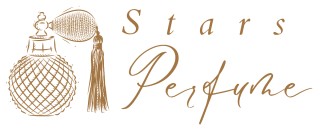
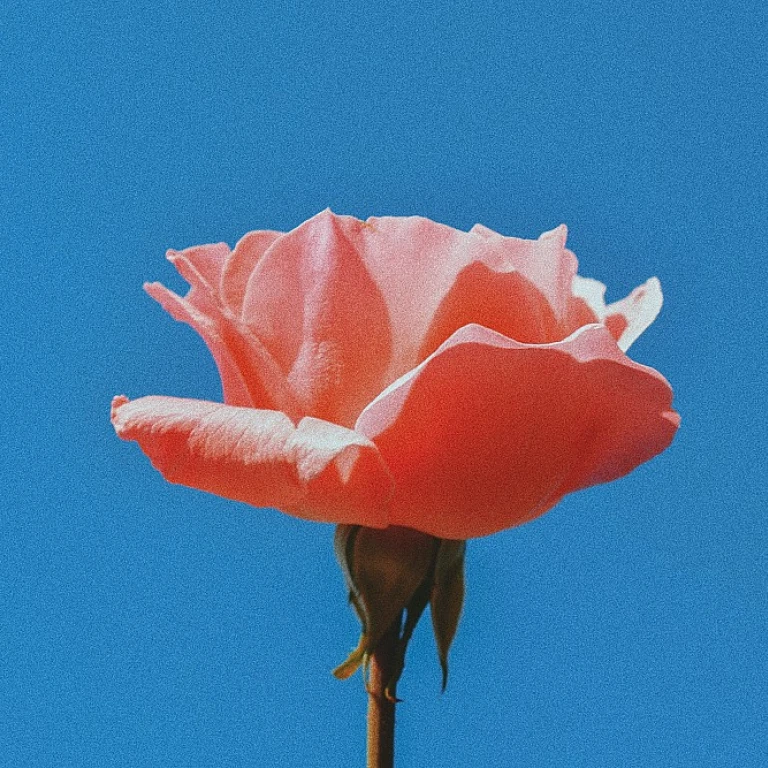
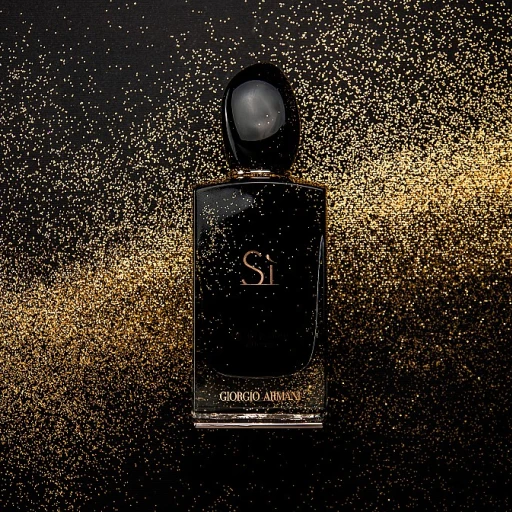
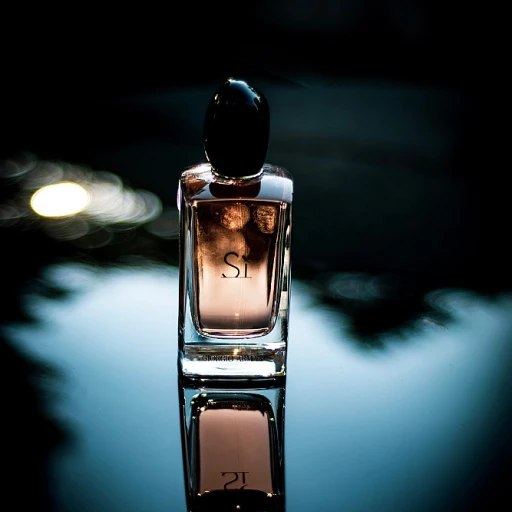
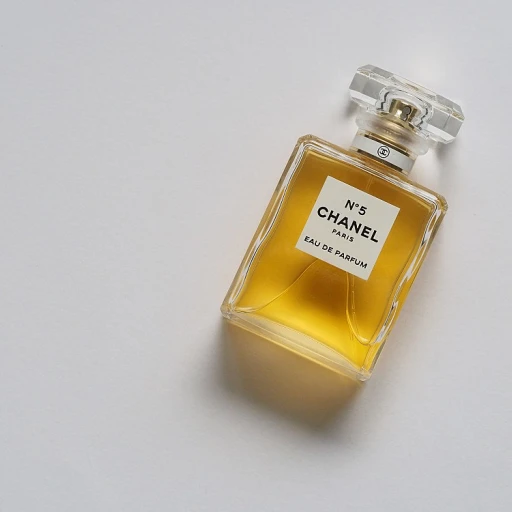
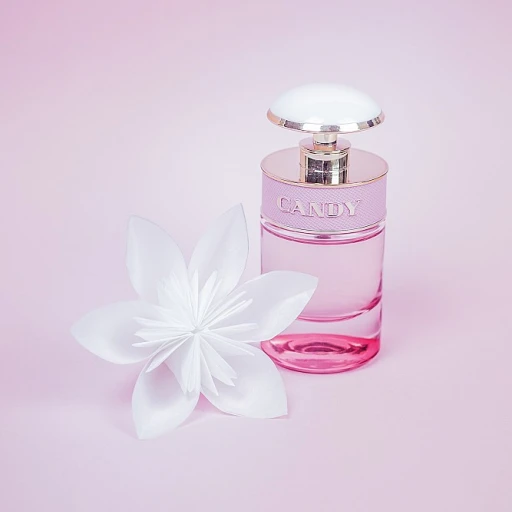
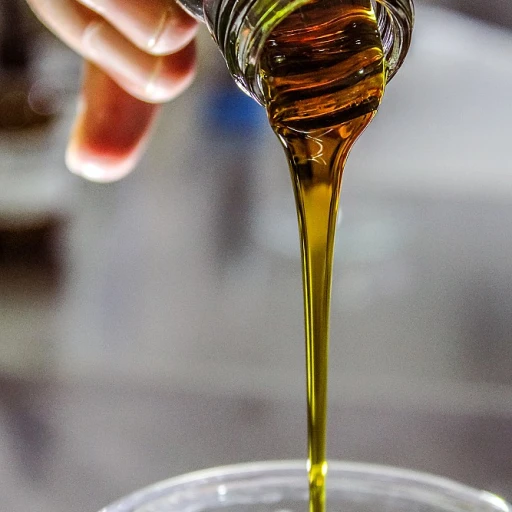
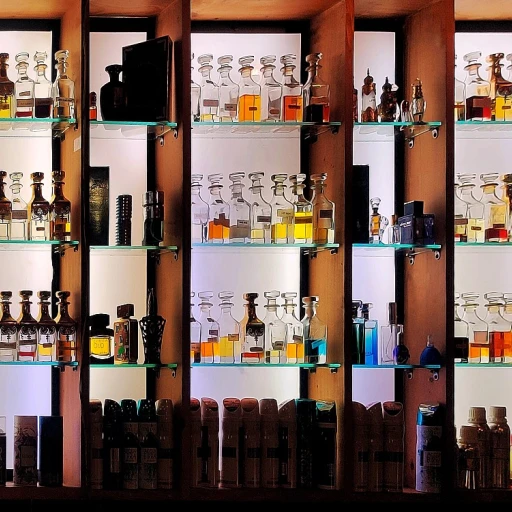
-large-teaser.webp)

